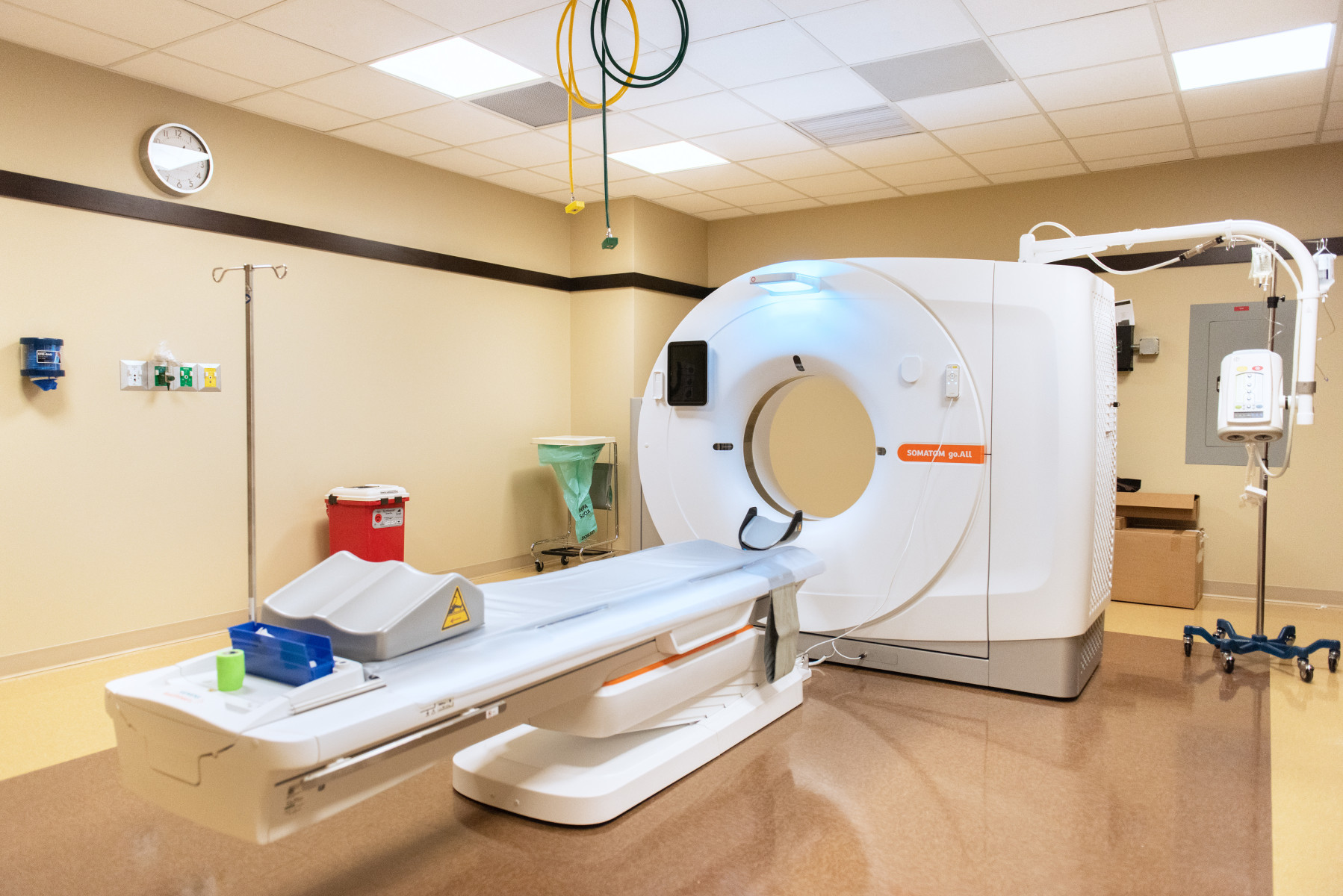
Formerly ignored ‘genetic junk’ plays critical role in skin cell differentiation and regeneration
As the air continues to dry and temperatures drop, the yearly battle against dry hands and skin has officially begun. A new Northwestern study published in Nature Communications has found new evidence deep within the skin about the mechanisms controlling skin repair and renewal.
Skin’s barrier function gives it the unique ability to fight winter woes and retain water for our bodies. The outer layer of the skin, the epidermis, is constantly turning over to replace dead or damaged cells, creating new cells to reinforce the barrier function and heal damage. The gene regulatory mechanisms that control epidermis turnover remain incompletely understood.

“Every month we’re covered with a new layer of epidermis,” said Xiaomin Bao, PhD, assistant professor of Dermatology and in the Weinberg College of Arts and Sciences, who led the study. “The next question is what does that process involve?”
Bao is also a member of the Robert H. Lurie Comprehensive Cancer Center of Northwestern University.
Genetic ‘junk’
The scientific community has developed a wide breadth of knowledge about proteins, the workhorses of various cellular activities. However, proteins are only encoded by less than 2% of the human genome. Many mysteries remain about the nature of introns, non-coding segments of DNA that make up 24% of the human genome.
Despite the general belief that introns are nothing but “genetic junk,” they actually play critical roles in modulating RNA transcription throughout a tissue’s lifespan. RNA transcription is the first step of gene expression, in which the information from DNA is copied into RNA, which is then subsequently used as template for synthesizing proteins to drive the specific function of a cell. Depending on where transcription terminates — in an intron or at the end of a gene — an epidermal stem cell will either remain a stem cell or become a specified cell barrier function. Bao said while it’s well-known that transcription ends at the end of a gene, her lab’s research found conflicting data.
“We found a lot of sites where transcription terminates — not just at the end of a gene, but often within an intron in the middle of a gene,” Bao said. “Even the same genes may have different transcription termination patterns in epidermal stem cells versus terminally differentiated cells.”
The finding may apply to many more self-renewing regenerative systems in the human body. Future research could have implications for carcinoma research.
Technology critical to discovery of phenomenon
Skin cells are gaining popularity with scientists in part due to their regenerative properties and readiness to grow in cultures. This allows investigators to apply a variety of state-of-the-art technologies. By growing skin cells and regenerating skin tissue in a petri dish, the Bao laboratory can experiment with this fast-growing tissue to determine molecular mechanisms and regulatory elements within DNA.
“Technology development is a key driver that allowed us to uncover this new phenomenon,” Bao said.
The team used a novel genomic technique that precisely maps where transcription stops. The integration of proteomic approaches identified RNA-binding proteins that read specific regulatory sequences in the introns. The team further leveraged CRISPR technology to delete genomic sequences in the intron, which provided direct evidence demonstrating the essential roles of introns in modulating gene expression.
Before this research, mechanisms involving introns to govern the switch between a skin stem cell and a terminally differential state (for example, a cell that participates in forming a skin barrier), were unknown. Most studies ignored introns, despite them accounting for 10 to 20 times more sequences than the protein-coding regions (exons) in the human genome.
The study shows that different genes may involve different sets of RNA-binding proteins to recognize the regulatory sequences in their introns. These RNA-binding proteins help maturing RNA “decide” whether to cut transcription early, or ignore termination sites within an intron during differentiation due to changes in protein availability.
“We are only beginning to appreciate the roles of introns in human health and diseases,” Bao said.
Results of the study could have wider impacts because, according to Bao, the processes regulating skin cells are almost definitely not restricted to skin cells. Future research on other systems, including other epithelial tissues, will likely uncover similar patterns.
“We are very hopeful that what we’ve found is the first step to knowing what we have ignored in the past,” Bao said. “With the contribution of the non-coding genome and in this case, particularly the contribution of introns, this information is revelatory to gene expression. My students also want to know more about the RNA binding proteins that provide specificity in governing which site to use to terminate transcription.”
Postdoctoral scholar Xin Chen, PhD, and graduate student Sarah Lloyd were the paper’s co-first authors. The Skin Biology and Diseases Research Center at Northwestern, the NUseq Core and the proteomics core facilities provided research materials and technical support to the lab.
The paper, “Epidermal Progenitors Suppress GRHL3-mediated Differentiation Through Intrionic Polyadenlyation Promoted by CPSF-HNRNPA3 Collaboration,” was supported by the National Institutes of Health grants R00AR065480 and R01AR07515, the Searle Leadership Fund to the Bao laboratory, as well as the CMBD training grant and the Northwestern Presidential Fellowship to Lloyd. Bao is also supported by a pilot grant from the NUCATS Institute.






